Do you have a question about the DSC MAXSYS PC4010 and is the answer not in the manual?
Provides an overview of the DSC security equipment, its features, and user interaction via the LCD keypad.
Details the manual's purpose, content coverage, and advises on distributing specific sections to general users.
Explains the system's capability to monitor fire detection devices and provide warnings, emphasizing proper installation.
Describes the system's ability to transmit alarms and information to a monitoring station over telephone lines.
Introduces the components of the security system: control panel, keypads, detectors, zones, partitions, and access codes.
Details the procedure for arming the system, including single and multi-partition arming, and exit delays.
Explains different arming modes like Away, Stay, and Arming Without Entry Delay, and the Quick Arm feature.
Covers the process of disarming the system, including handling entry delay and disarming multiple partitions.
Instructs on how to view alarms that occurred during the last armed period and how to exit alarm memory mode.
Describes how fire and intrusion alarms are indicated and how to respond to them, including silencing and checking the source.
Explains how to temporarily disable zones for system arming and the implications of bypassing zones.
Details how to identify and address various system trouble conditions, such as AC power loss or TLM trouble.
Guides on programming new access codes, including selecting a code, entering the code, and assigning a user name.
Explains methods to search for and modify existing access codes using user number or user name.
Details how to change user code options, determining system features accessible by a specific code.
Describes options available when programming access code labels, such as clearing text and changing case.
Provides instructions for erasing access code data and the access code label separately.
Defines special codes like System Master, Supervisor, Duress, and One-time Use codes and their functions.
Lists codes programmed by the installer, such as Second Master, Walk Test, and Guard codes.
Enables arming the system with a single key press instead of an access code.
Allows users to exit the premises during an exit delay without causing an alarm.
Details how to enable and configure automatic daily arming and scheduled arming/disarming.
Provides instructions for setting the system's current time and date.
Explains how to enable the door chime feature, which alerts users when doors are opened or closed.
Guides on accessing and viewing the system's event log, showing recent system activities.
Describes how to activate system outputs like lights or door strikes using specific keypad commands.
Covers adjusting keypad backlighting brightness and display contrast settings.
Explains how to enable the DLS Window for remote downloading and system access.
Details how to use access card readers, the meaning of status lights, and audible indicators.
Covers programming access cards for existing users and new users, including card numbers and access levels.
Explains how to search for users or access cards using their respective numbers.
Details how to perform a walk test to verify the functionality of detectors on a partition, including various test options.
Describes how to conduct a system test that activates the bell/siren and sends a test transmission to the monitoring station.
Explains how to test the PC4216 output module by activating all connected outputs for two seconds.
Provides essential maintenance tips, including keypad cleaning, battery replacement recommendations, and device care.
Explains fire alarm sounds, how to silence bells, and how to reset fire zones after an alarm.
Offers guidance on the optimal placement of smoke detectors in residential units for maximum effectiveness.
Provides a checklist for conducting a household fire safety audit, focusing on electrical safety and storage of hazardous materials.
Emphasizes the importance of developing and rehearsing fire escape plans, including considerations for accessibility and assembly points.
| Brand | DSC |
|---|---|
| Model | MAXSYS PC4010 |
| Category | Security System |
| Language | English |
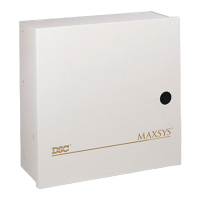
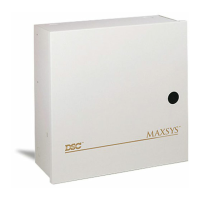
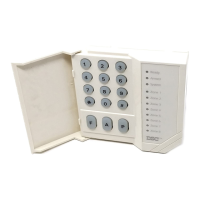
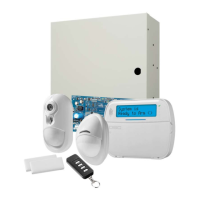
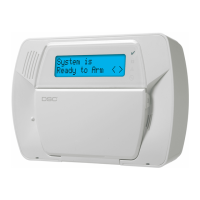
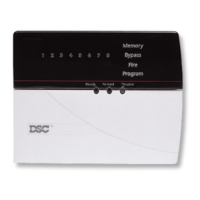
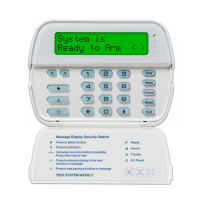
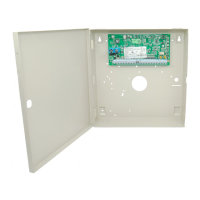

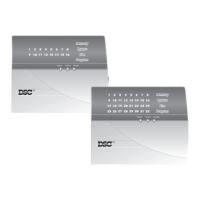
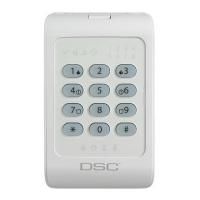

